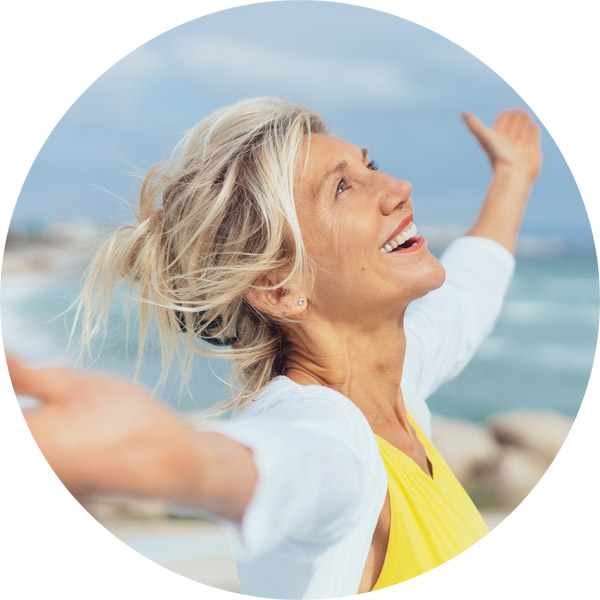Pilates & You
Looking for safe and natural solutions to stay fit and healthy well into your 40s, 50s, 60s, and beyond? Think Pilates! Pilates is the perfect individual or group activity. After taking a 10 week course, we can customize your own program, and you may find yourself wanting to engage in additional practices with greater diversity, depth, and challenge, such as yoga or go to a gym. We have in-person group classes, and online classes, and private personal training as well.
Pilates is a 100 year old practice that you can use to ease pain, lower blood pressure, boost immunity, reduce anxiety, and protect against the stresses of life.
We can show you the simple steps to start your Pilates practice and reap its incredible health benefits from improved strength, balance, and mobility, to lower stress, better sleep, and sharper focus and memory.
It’s no surprise that 25% of office-based physicians are prescribing Reformer Pilates to their patients. That’s welcome news because recent studies show this mind-body practice can ease arthritis pain, lower high blood pressure, boost immunity, and reduce the risk of heart disease.
Chair Pilates is a perfect place to start if you have balance issues or difficulty getting down on the floor. We have special raised mats. It’s also a good supplementary practice for anyone who is stuck sitting for long periods of time at work, in a car, or on a plane. Even practicing a few of the moves will help to get your blood flowing and stretch your muscles so you feel better.
Standing Pilates can help you get stronger, balance better, and become more flexible. Practice it solo for a quick session, or combine it with the floor routine for a longer Pilates workout.
Floor Pilates exercises will really stretch you out, improving flexibility and helping you to relax. You’ll also get nervous system and muscle-strengthening benefits, by re-patterning faulty stability and alignment habits.
Reformer and any apparatus Pilates (Cadillac and Stability Chair) support the limbs so you can focus only on your core and never use your back or neck again… so you stay pain-free.
Pilates will fight aging, boost your health and vitality, and keep you looking and feeling years younger!













